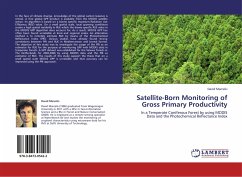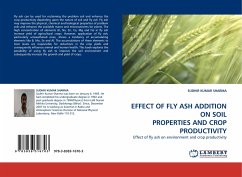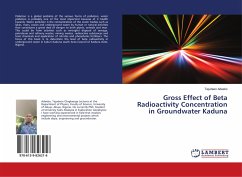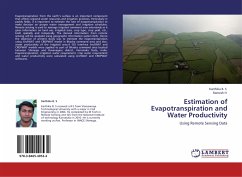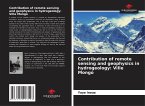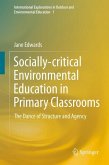In the face of climate change, knowledge of the global carbon balance is critical. A free global GPP product is available from the MODIS satellite sensor. Its algorithm is based on a biome specific maximum Radiation Use Efficiency (RUE) value. On a small spatial scale, local growing conditions create a high spatial variability in RUE which the biome specific RUE value in the MODIS GPP algorithm does account for. As a result, MODIS GPP has often been found unreliable at local and regional scales. An alternative method is to remotely estimate RUE by means of the Photochemical Reflectance Index (PRI). Various studies have already found strong correlations between PRI and RUE in Mediterranean and boreal forests. The objective of this study was to investigate the usage of the PRI as an estimator for RUE for the purpose of monitoring GPP with MODIS data in temperate forests. A GPP dataset was established for the Veluwe forests in The Netherlands for 2002-2006 by using MODIS data and the PRI as estimator of RUE. The results of this study support the thesis that on a small spatial scale MODIS GPP is unreliable and that accuracy can be improved using the PRI approach.
Bitte wählen Sie Ihr Anliegen aus.
Rechnungen
Retourenschein anfordern
Bestellstatus
Storno

